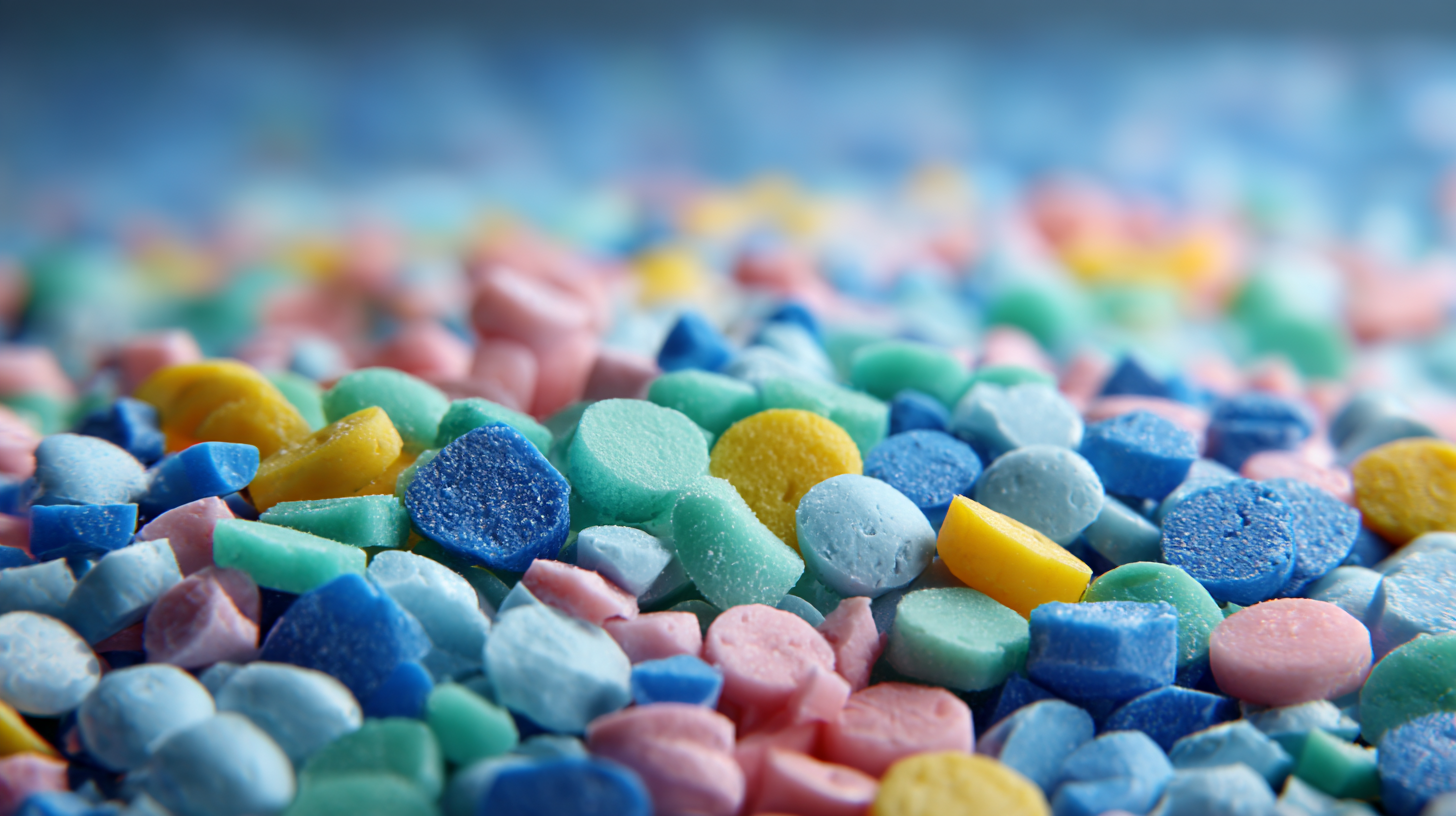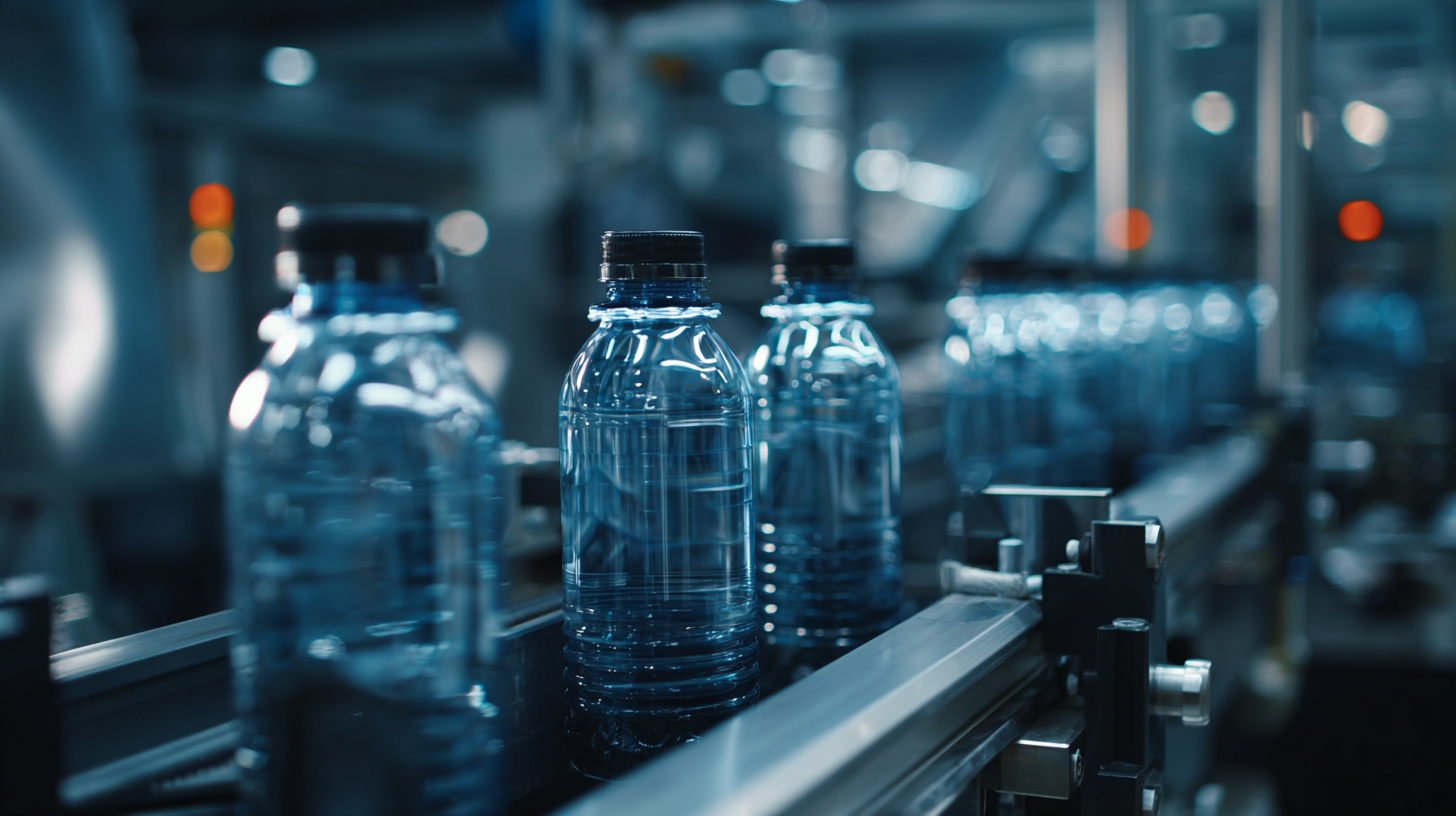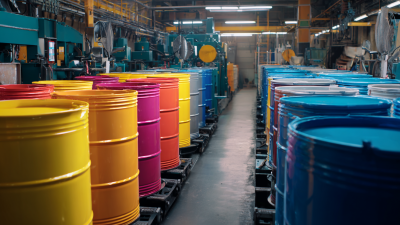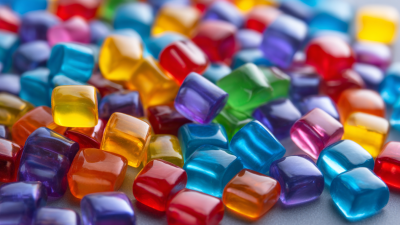- Home
- Masterbatch
- Additive Masterbatch
- Anti-Block Masterbatch
- Anti-Fog Masterbatch
- Anti-Microbial Masterbatch
- Anti-Oxidant Masterbatch
- Anti-Static Masterbatch
- Anti-Termite & Rodent Masterbatch
- Desiccant / Anti-Moisture Masterbatch
- Optical Brightener Masterbatch
- Flame Retardant Masterbatch
- Slip Masterbatch
- Polymer Processing Aid (PPA) Masterbatch
- UV Masterbatches
- VCI Additive Masterbatch
- Filler Masterbatch
- Black Masterbatch
- White Masterbatch
- Color Masterbatch
- Mono Masterbatches
- Special Effect Masterbatches
- EVA Masterbatch
- OXO Biodegradable Masterbatch
- XLPE Masterbatch
- Cable Masterbatch
- Nylon Masterbatch
- TPU Masterbatch
- Additive Masterbatch
- Compound
- Market
- Company
- Blog
- Contact Us
Unlocking the Future of Plastics: How Anti Block Masterbatch Enhances Packaging Performance
In the quest for sustainable and efficient packaging solutions, the role of anti block masterbatch has emerged as a pivotal element in enhancing the performance of plastic materials. As the industry faces growing demands for both functionality and sustainability, anti block masterbatch provides a powerful means to address common challenges associated with plastic packaging, such as stickiness and ease of handling. This innovative additive not only improves the operational efficiency of packaging processes but also contributes to the overall quality and reliability of the final product.

As we explore the advancements brought about by anti block masterbatch, we will uncover how this technology unlocks new possibilities for packaging applications, ensuring that manufacturers can meet consumer expectations while adhering to environmental standards. This article aims to provide insights into the practical implementation of anti block masterbatch, guiding professionals on how to integrate this solution into their packaging strategies effectively.
Understanding Anti Block Masterbatch and Its Role in Plastics
Anti block masterbatch plays a crucial role in enhancing the performance of plastics, particularly in packaging applications. This specialized additive is designed to reduce the adhesion between plastic films, preventing them from sticking together and subsequently improving their handling and usability. By incorporating anti block masterbatch into the production process, manufacturers can achieve smoother surfaces, which not only facilitates packaging efficiency but also increases the aesthetic appeal of the final product.
Tips for Effective Use of Anti Block Masterbatch: When selecting an anti block masterbatch, it's important to consider the type of polymers being used and their specific applications. Always perform a compatibility test to ensure optimal performance. Additionally, monitor the incorporation levels, as excessive use can lead to negative impacts on the mechanical properties of the plastic.
Moreover, as sustainability becomes increasingly important, using eco-friendly anti block masterbatch options can enhance your brand's reputation while meeting regulatory requirements. Regularly evaluate your sourcing options and engage with suppliers who prioritize sustainable practices. This not only contributes to a greener environment but also aligns your products with consumer preferences.
Benefits of Using Anti Block Masterbatch in Packaging Solutions
The integration of anti-block masterbatch in packaging solutions offers significant benefits, particularly in enhancing the performance of blown polyethylene (PE) films. Recent advancements have led to the development of a masterbatch that combines an anti-block agent with a compatible slip additive. This innovative formulation not only improves film processing but also ensures consistent quality throughout production cycles. By minimizing friction between film layers, manufacturers can achieve smoother operation during stacking and transportation, thus reducing defects and waste.
The growing demand for efficient packaging solutions has resulted in a projected increase in the PET type anti-block masterbatch market, which is expected to rise from USD 450 million in 2024 to USD 700 million by 2033, reflecting a compound annual growth rate (CAGR) of approximately 8.5%.
This significant growth underlines the industry's shift towards more sophisticated materials that enhance both functionality and sustainability in packaging applications. As environmental concerns continue to shape consumer preferences, the adoption of anti-block masterbatch technology presents an opportunity for manufacturers to lead in both performance and eco-friendliness.
Key Applications of Anti Block Masterbatch in Various Industries
Anti-block masterbatch technology plays a crucial role in enhancing packaging performance across various industries, particularly in the pet care sector. The global market for pet anti-block masterbatch is on an upward trajectory, projected to grow from $8 million in 2022 to an impressive $14.76 million by 2032, reflecting a compound annual growth rate (CAGR) of 6.3%. This growth is primarily driven by the increasing demand for efficient and effective packaging solutions that ensure product integrity while maintaining visual appeal.

One pivotal application of anti-block masterbatch is in the production of films used for packaging pet foods and related products. These additives help to prevent layers of film from sticking together, facilitating smoother manufacturing processes and ensuring that consumers can easily access the products. As industries continue to innovate in packaging solutions, particularly with a focus on sustainability and performance, the integration of anti-block masterbatch will remain essential for enhancing the functionality and aesthetics of various packaging applications, thereby driving market growth in diverse sectors.
Best Practices for Incorporating Anti Block Masterbatch in Production
Incorporating anti-block masterbatch into production processes can significantly elevate packaging performance, particularly in the use of polyethylene (PE) blown films. The integration of optimized anti-block and slip combinations enhances the processing efficiency of these films, addressing common challenges such as film sticking and handling difficulties. Manufacturers are encouraged to employ best practices that involve meticulous formulation assessments and validations prior to large-scale production, ensuring compatibility between materials and additives.
As the PET type anti-block masterbatch market is projected to grow substantially from USD 450 million in 2024 to USD 700 million by 2033, the industry is witnessing a shift towards more sophisticated solutions. Companies that strategically adopt these masterbatches are likely to benefit from improved processing and consistent quality in their products. By optimizing their production techniques through the use of advanced masterbatch formulations, businesses can not only enhance their operational efficiencies but also cater to the evolving demands of the packaging sector.
Unlocking the Future of Plastics: How Anti Block Masterbatch Enhances Packaging Performance
| Characteristic | Value | Impact on Packaging |
|---|---|---|
| Slipperiness | High | Reduces friction between film layers, preventing blocking. |
| Compatibility with Resins | Excellent | Works effectively with a variety of polymer resins. |
| Clarity | Maintains | Does not adversely affect transparency of the packaging film. |
| Processing Temperature | Up to 220°C | Allows for high-speed processing in extrusion and injection molding. |
| Dosage | 3-5% by weight | Optimal amount for enhancing performance without compromising properties. |
Future Trends in Anti Block Masterbatch and Sustainable Packaging Solutions
The future of anti block masterbatch is bright, particularly in the realm of sustainable packaging solutions. As the PET type antiblock masterbatch market is projected to grow significantly, rising from USD 450 million in 2024 to USD 700 million by 2033, industry players are increasingly focusing on integrating sustainable materials into their products. This trend is driven by both regulatory pressures and consumer demand for eco-friendly packaging options that reduce environmental impact while enhancing performance.

One of the emerging innovations includes a masterbatch that optimizes the combination of antiblock agents and slip additives, specifically designed for polyethylene blown films. This dual-function masterbatch not only improves processing efficiency but also ensures consistent product quality, which is crucial in high-demand packaging sectors. As more companies recognize the importance of performance alongside sustainability, the development of such masterbatches will play a pivotal role in shaping the future of the plastics industry.
Tips: When considering sustainable packaging solutions, brands should assess the lifecycle impacts of their materials. Engaging with suppliers who prioritize innovation in additive masterbatches can lead to more efficient processing and a reduction in waste. Additionally, attending industry fairs, such as the upcoming K 2025 in Düsseldorf, can provide valuable insights into the latest advancements and trends in plastic packaging technologies.
Related Posts
-

Unlocking the Benefits of Anti Block Masterbatch: Revolutionizing Plastics with Enhanced Performance
-

Unlocking the Potential of Filler Masterbatch: Innovations in Polymer Manufacturing
-

Revolutionizing Repair: Understanding the Science Behind Plastic Fillers and Their Environmental Impact
-

Unlocking Creative Potential: How Color Master Batches Transform Plastic Manufacturing
-

Exploring the Future of EVA Masterbatch: Trends and Innovations in Polymer Additives for 2024
-

Discover How Slip Masterbatch Revolutionizes Plastic Processing Efficiency
